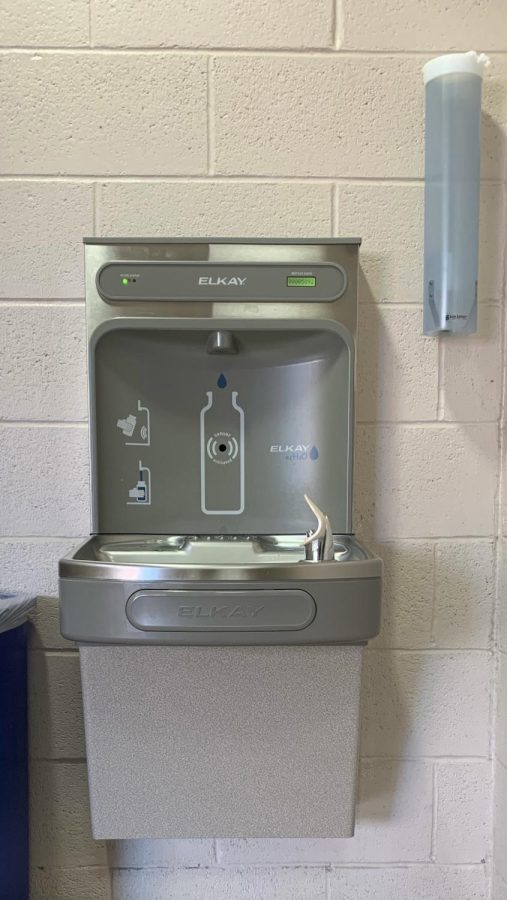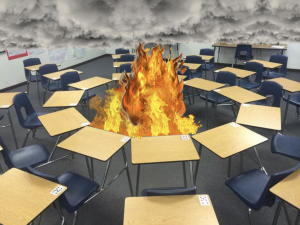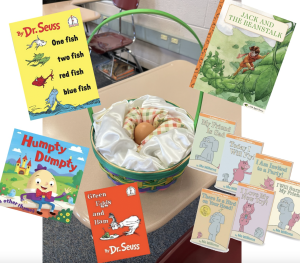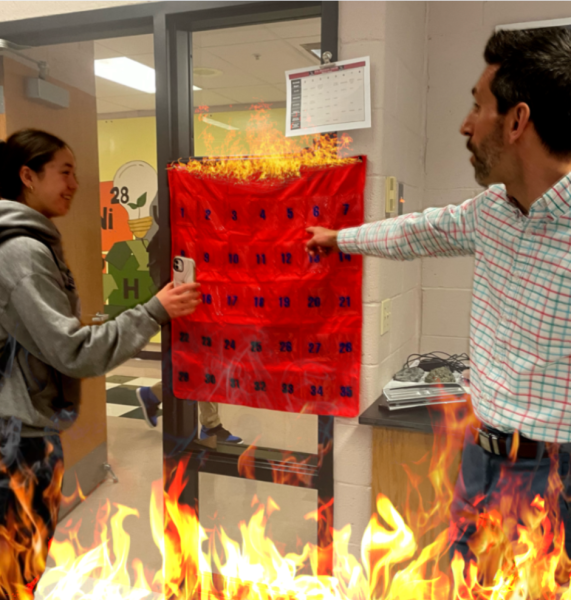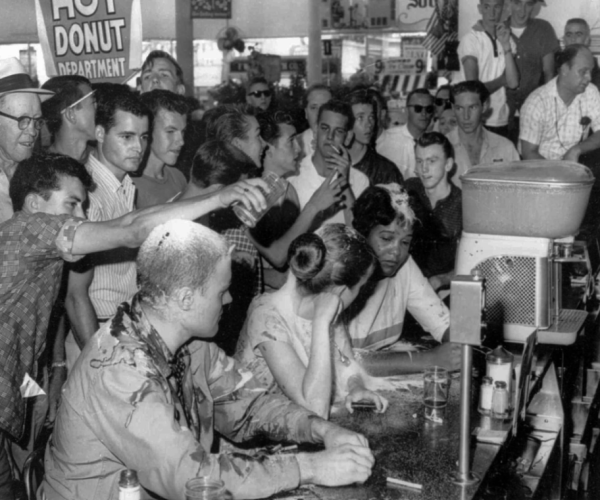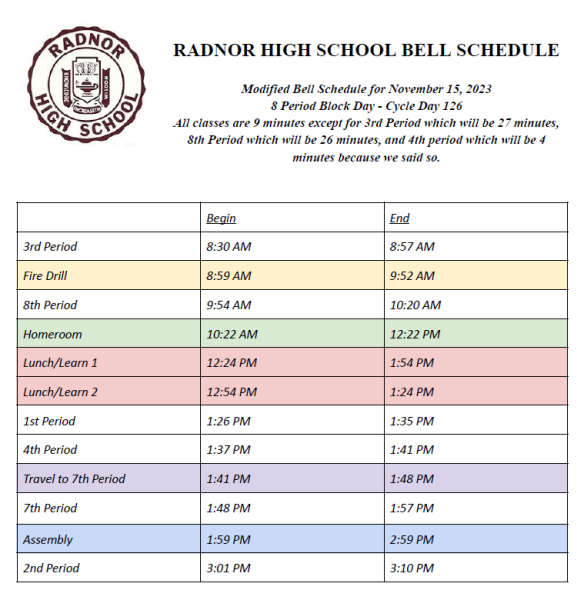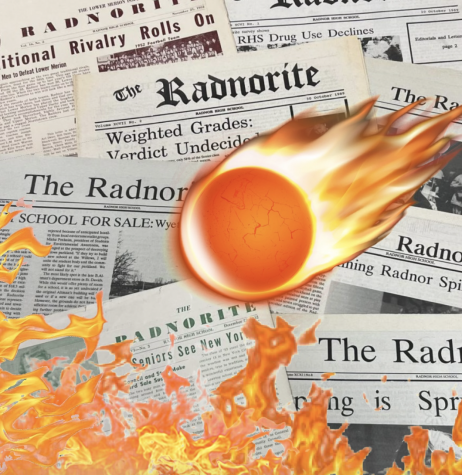Global Paper Cup Shortage Sweeps Radnor High School
“The Radish offers satire and parody as commentary and critique on matters of public interest. No article posted on the Radish should be taken literally or viewed as representing truthful statements of the individuals or organizations which may be mentioned in the articles.”
March 16, 2022
Since the start of the COVID-19 pandemic in March of 2020, scientists and medical experts have been tirelessly investigating the varieties of ways in which the virus spreads. The Center for Disease Control research facility found that water fountains have been the root of over half of positive cases since the emergence of the virus. Scientists then shifted their focus from solving the pandemic to creating alternative methods to hydrate on the go. After many tests and trials, the most efficient solution was found to be one-use paper cups. Following this critical discovery, malls, gyms, libraries, grocery stores, and schools all began to make the switch. While this discovery initially renewed a sense of hope in citizens, it has taken a turn for the worse. Paper cup manufacturers have not been able to match the demand for their product, and they have been forced to work overtime to quench the country’s thirst. Here at Radnor High School, our own students have been facing the repercussions.
An anonymous student reports, “I have gym seventh period and by the time I have class, there are no cups left… most kids in my class suffer from extreme dehydration by the end of the period.” Even the nurses have begun to notice an influx of students reporting to their office with numerous hydration-related ailments, “we ran out of Gatorade weeks ago and the number of kids coming in is still going up.” Without the support of the nurses office, it has become increasingly difficult to care for the dehydrated students. Another student came forward, stating that she left her history class to get water but was unable to find cups until she reached the science hallway, “When I had left my class we were learning about the ancient Ming dynasty, but by the time I had finally quenched my thirst the class was being taught about World War II. My teacher wrote me up for skipping… I just wanted some water.” Many students have expressed that they often have to take multiple laps around the entire school if they want to find cups.
After winter break, the cups around school had been continuing to dwindle and before President’s Day weekend, students began to revolt. The “President’s Day Snafu,” as titled by the rebel leader, marked a new chapter in the fight for more drinking utensils. The face of the operation hopes to stay anonymous but wants to declare that he “has been fighting for the people in the sanest ways possible.” an anonymous superintendent/self-titled vigilante, has been the main cause of stalemate in the raids. While asking for an interview with Mr. Batchelor, we stumbled upon a stash of cups. The treasured utensils were hidden in a cabinet in the corner of his office and had begun to overflow, spilling out onto the floor. When we eventually found him he refused to be surveyed and denied any further questions.
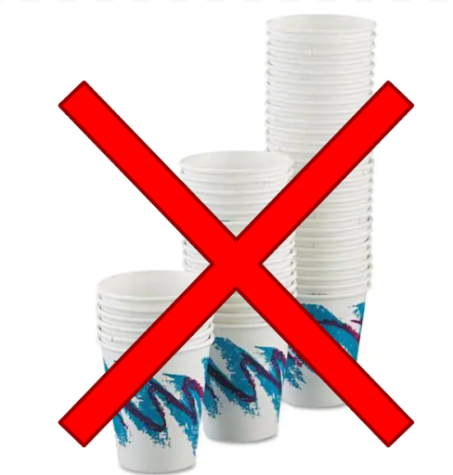
In this time of desperation, students have begun to take extraordinary measures to defend their hydration. Some arrive as early as 7:30am to take cups for themselves and store them in their backpacks to be used throughout the day. When cups run out during school hours, dehydrated students find Radnor’s cup dealers, who market the prized cups to peers for circa $3-5 each (depending on the climate of the rapidly fluctuating cup economy). Students will do whatever it takes to defend their rights to paper cups, verses, say, carrying a reusable water-bottle (ew).
Although paper cup manufacturers are still struggling to keep up with the intense demand, there is a light at the end of the tunnel as some students have discovered the benefits of using reusable plastic and steel water bottles; hopefully putting an end to Radnor’s hydration crisis.

